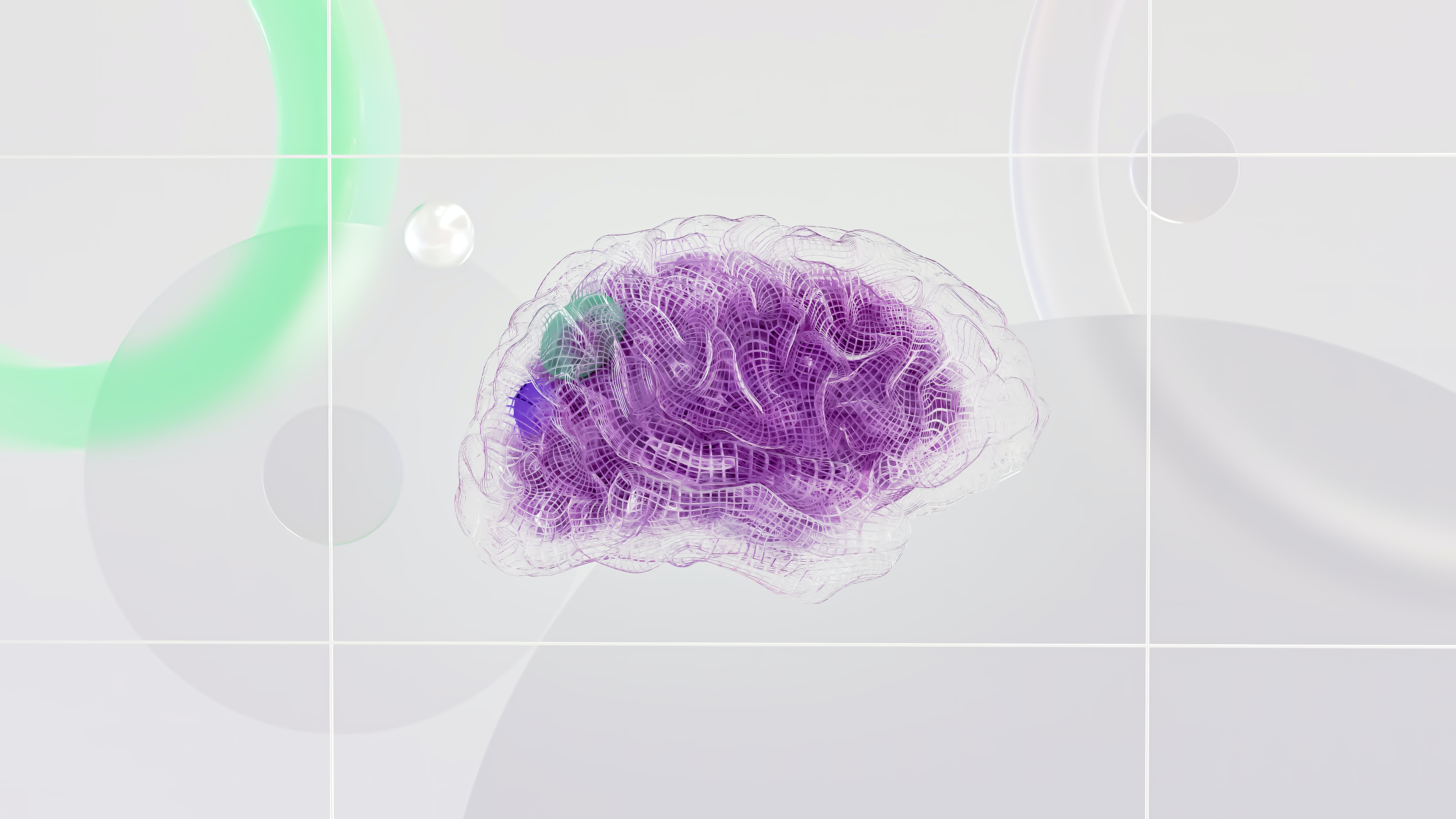3 min read
Scientists Read My Brain To Teach Me About The Power Of Storytelling
![]() Shane Snow
Jan 15, 2023 12:14:58 PM
Shane Snow
Jan 15, 2023 12:14:58 PM

The science behind powerful storytelling
I want to tell you about the last time I cried.
It happened inside a little laboratory in Claremont, California, where I was hooked up to a crazy machine that measures your brain from your arm. The machine itself didn’t make me cry. It was a YouTube video that did.
The lab belonged to a neuroscientist named Dr. Paul Zak, and the crazy brain machine was called the INBand, a new device that kind of looks like an Apple Watch that goes on that part of your arm where the doctor draws your blood.
Zak is the author of a book called The Moral Molecule, which documents the neurological processes behind human empathy. We had recently written about Zak’s work in Contently’s book, The Storytelling Edge (and I also mention Zak, in fact, in my own upcoming book Dream Teams), so I’d decided to stop by and say while I was out on a recent trip to L.A.
The INBand measures the downstream effects of the neurochemical Oxytocin, which causes changes to the rhythm of the a nerve that runs between your heart and your brain (called the Vagus). Years ago, Zak’s lab had discovered that Oxytocin acted the brain’s mechanism for empathy. When you have a lot of it, you feel kind feelings for someone; you want to help them; you want to relate to them. When you don’t have a lot of it, you don’t. After spending years drawing blood in order to measure Oxytocin levels, Zak had developed the INBand as a way to track Oxytocin without poking anyone.
And I now had it strapped to me.
After checking that the band was receiving my downstream brain signals, Zak queued up the following video by the electronics company HP on his laptop for me to watch:
In case you decided not to watch it, I’ll explain what happens: A father is trying to connect with his young teenage daughter. She’s kind of a pill. She ignores him. She rolls her eyes when he tries to connect with her. At one point, he takes a selfie with her on an HP camera (product placement!), and puts it in her lunch pail.
After a long day of work, the father comes home to his family, where his daughter once again is kind of a pill to him. She’s a teenager; she’s not supposed to be cool to her dad! The father ends up walking into her bedroom, where he sees all the signs that his little girl is growing up. He lays down on her bed, feeling the weight of fatherhood on his shoulders. And then he notices that on the ceiling of her bed she has taped up photos that he has taken with her over the years.
And at that point, I had tears in my eyes.
I tried to hide it, but through the INBand, Dr. Zak had evidence of my emotional state. After the video concluded, he showed me my chart:
At the beginning of the blue timeline, my emotional brain state was aroused because I was seeing something new — a video! — but then it immediately settled in to my normal state. But then I started having upticks of emotion, as measured by my Oxytocin levels. Each little boost corresponded with a point in the video where I started to care about the character. And then at the end you can see the big spike where I got teary. This spike did not immediately fade away; I was left with a feeling of empathy for the father even after the scene ended.
I had just experienced what Dr. Zak described as “the melting of the self-other divide.” When oxytocin is released, we care about those around us in the same way that we care about our families. This brain mechanism was an evolutionary advantage for us as humans. It helped us survive together, work together, and build civilization together.
Zak’s work over the years (including that in his latest book, Trust Factor: The Science of High Performing Companies) has shown that there are plenty of things that can help us to generate Oxytocin — and therefore empathy — for other people we want to work better with. “Any positive social experience will do it,” he says. Hugs, acts of kindness, etc. But one of the most surefire ways to generate empathy, his research — and my video! — prove, is via emotional narrative.
So how do we create narratives that work from this neuroscience perspective?
The key is not just to get attention, as most commercials attempt to do in any way possible (and often in jarring ways), Zak points out. “You want a real story arc, real conflict, real emotion,” Zak says, echoing what storytellers since Aristotle have taught. “The tension has to grow.”
You’ll notice that the video he showed me was essentially a commercial. It was from a brand. And yet it still worked. That’s because the narrative…
a) had characters with real emotions, to whom you could relate or for whom you could root
b) had a gap between what the characters wanted and what they had
c) had novelty and surprise along the way that kept you emotionally invested
Emerging neuroscience research, and devices like the INBand, have big implications for the future of advertising and marketing. I’m excited for the world to start using this stuff to make stories better and ads suck less. But more than anything, it confirms what we all have known deep down since forever: Great stories make us care.
